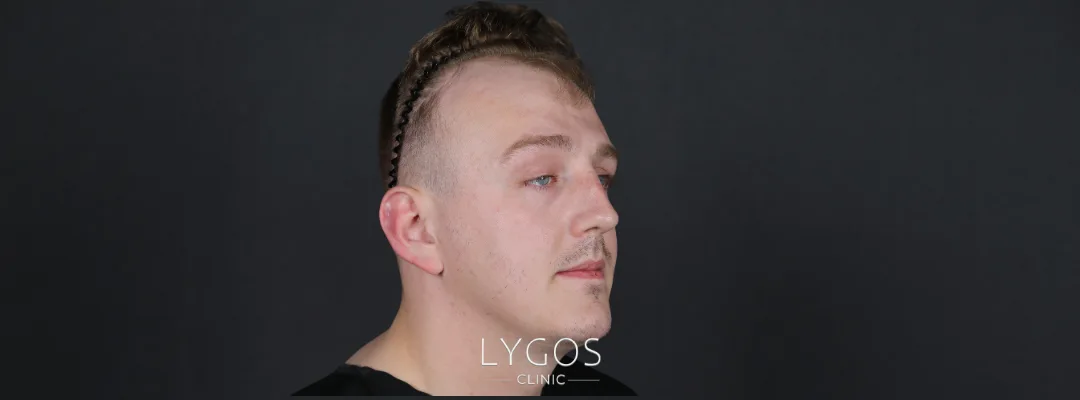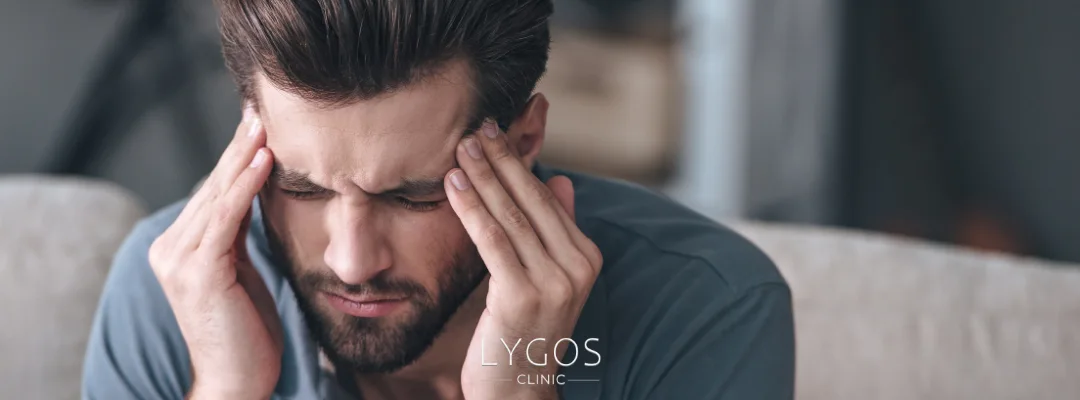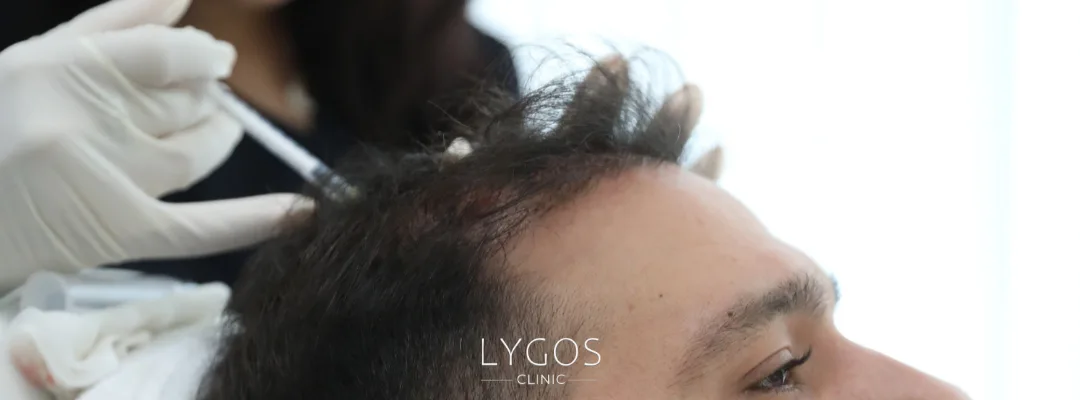Temple Hair Loss | Causes, Symptoms, and Solutions

Chose Your Topic
Temple Hair Loss
Hair health plays an important role in life both aesthetically and psychologically. Especially when it comes to hair loss, self-confidence can be directly affected. One of the most common issues is temple hair loss. Thinning or balding in the temple area can occur in both men and women for different reasons. In this article, we will explore temple hair loss in detail.

What is Temple Hair Loss?
Temple Hair Loss is characterized by noticeable thinning or receding in the sides of the hairline. This condition usually begins at an early age in men, while in women it often appears as thinning hair. Compared to other localized types of hair loss, temple hair loss is more noticeable because it directly affects facial features.
The recession in the temple hairline may progress over time, causing a person to look older. That’s why early detection and intervention are very important.
Symptoms of Temple Hair Loss
Since temple hair loss develops gradually, it often goes unnoticed at first. However, some symptoms may signal the problem:
- Receding of the hairline from the sides
- Thinning and weakening of hair strands in the temples
- Hair appearing less dense than before
- Frequent shedding from the same area
- Noticing an asymmetrical hairline in the mirror
When these signs are observed, it is advisable to consult a dermatologist or a hair health specialist to prevent further progression.

Common Causes of Temple Hair Loss
There are several possible causes of temple hair loss. The most common ones include:
- Genetic Factors: Male pattern baldness often begins in the temples. People with a family history of hair loss are more prone.
- Hormonal Changes: In men, testosterone derivatives can weaken follicles. In women, postpartum and menopausal hormonal imbalances may trigger temple hair loss.
- Stress: High levels of stress negatively affect the hair growth cycle and accelerate shedding.
- Poor Nutrition: Deficiencies in protein, vitamins, and minerals weaken hair roots.
- Hair Care Habits: Excessive heat styling, harsh chemicals, and tightly tying hair can contribute to temple thinning.
Temple Hair Loss in Men vs. Women
The way temple hair loss progresses differs between genders:
- In Men: Hair loss usually begins at an early age with an “M-shaped” hairline recession. Over time, it may combine with crown thinning, leading to larger bald areas.
- In Women: Hair loss mostly appears as general thinning. The hairline typically does not recede, but significant thinning at the temples is noticeable, especially after childbirth or during menopause.
Understanding these differences is key to choosing the right treatment.
Effects of Stress and Lifestyle on Temple Hair Loss
Modern lifestyle factors such as stress, poor diet, and lack of sleep directly affect temple hair loss. The stress hormone cortisol disrupts the hair cycle and weakens follicles. Smoking, alcohol consumption, and sedentary living also harm hair health.
Lifestyle changes that may help include:
- Getting enough quality sleep
- Maintaining a balanced, nutrient-rich diet
- Practicing stress management techniques (yoga, meditation, breathing exercises)
- Avoiding harsh chemicals and heat in hair care
These changes can strengthen temple hair and slow hair loss.

Treatments for Temple Hair Loss
Temple Hair Loss is treatable, and several methods may be applied depending on the severity:
- Topical Treatments: Medications like minoxidil stimulate follicles and encourage regrowth.
- Oral Medications: Hormone-regulating drugs, especially effective for men.
- Hair Mesotherapy: Vitamin and mineral injections strengthen hair follicles.
- PRP Therapy: Platelet-rich plasma from the patient’s own blood is injected to stimulate growth.
- Hair Transplant: In advanced cases, the most permanent solution, creating a natural appearance in the temple area.
Temple Hair Loss is a common condition in both men and women. Genetic predisposition, stress, hormonal imbalances, and lifestyle factors may all contribute. However, with early diagnosis and proper treatment, progression can be slowed or even reversed.
Maintaining healthy hair requires balanced nutrition, adequate sleep, and effective stress management. If necessary, professional treatments such as mesotherapy, PRP, or hair transplant can restore fullness in the temples.
It is important to remember that hair is not only aesthetic but also a factor that influences confidence and quality of life. For this reason, preventive steps should be taken as soon as temple hair loss is noticed.
Temple Hair Loss Frequently Asked Questions (FAQ)
It can be permanent, especially if it is genetic, since follicles may weaken irreversibly. However, early treatments can slow or stop the process.
In women, temple thinning is usually related to hormonal changes, postpartum recovery, menopause, and stress. Constantly tying hair too tightly can also weaken the area.
In men, temple thinning often starts in the early 20s after puberty. In genetically predisposed individuals, progression is faster.
Balanced nutrition, stress control, and avoiding excessive chemicals and heat can help. Dermatologist-recommended topical or supportive treatments may also be effective.
Yes. In advanced cases, transplantation offers a permanent and natural-looking solution, restoring harmony with facial features.



